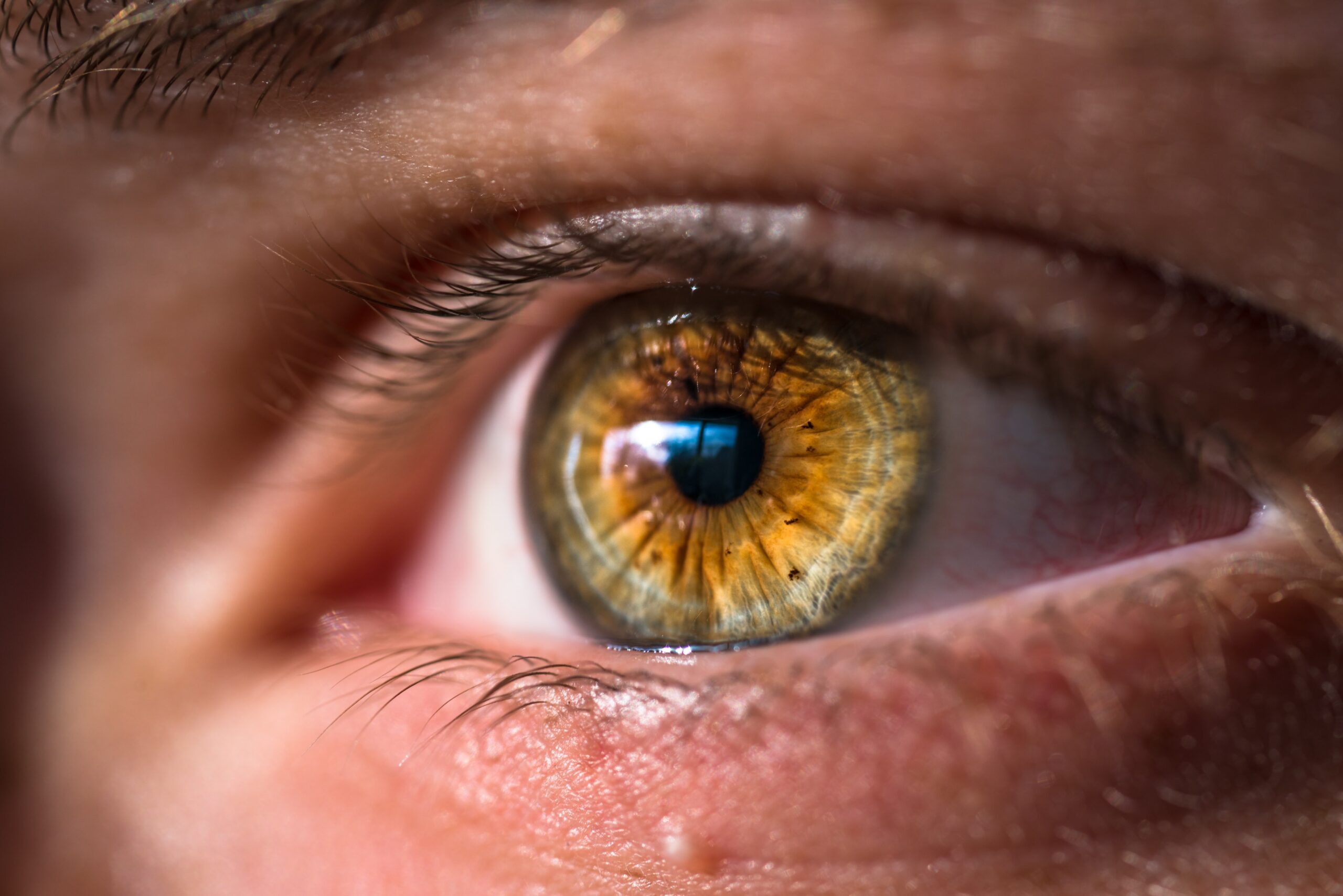An estimated 2.2 million adults in the US have eye and vision problems. And about 5 to 50 percent suffers the same problem globally.
There are a number of possible causes of DES, varying depending on whether the condition is quiet or a more severe problem. Treating severe cases can prove difficult, but the outlook for mild to moderate forms of DES is much better.
So how do you know if you or your relative needs dry eye syndrome treatment? And what forms of treatment might be available to you?
Read on for our full guide to both.
Simple Home Remedies
There are several different ways to treat dry eye syndrome.
Artificial Tears
One way is to use artificial tears. These can help to lubricate your eyes and make them feel more comfortable. You can also use eye drops that contain anti-inflammatory ingredients. These can help to reduce the inflammation that is contributing to your dry eyes.
Humidifier
You may also need to use a humidifier in your home. This can help to add moisture to the air and keep your tired eyes from getting too dry. You may also need to avoid using any products that contain alcohol or fragrance. These can make your dry eye symptoms worse.
Omega-3 Fatty Acids
You can also increase your intake of omega-3 fatty acids. Omega-3 fatty acids are essential for maintaining healthy eye function. They help to keep the eye’s surface smooth and lubricated, and they also play a role in preventing inflammation.
Studies have shown that omega-3 fatty acids can help to reduce the symptoms of dry eye syndrome. In one study, participants who took a daily supplement of omega-3 fatty acids for 12 weeks reported a significant reduction in dryness, burning, and itching.
Eye Drops
If your symptoms are more severe, your doctor may recommend more aggressive treatments. You can consult your eye doctor so they can give you a dry eye drops prescription.
Drops that contain corticosteroids can help to reduce inflammation and help your tears to work better. These drops can be used as needed or on a regular basis, depending on the severity of your dry eye syndrome.
If you use these drops on a regular basis, you may experience some side effects, such as increased eye pressure, glaucoma, or cataracts. However, these side effects are rare and usually only occur with long-term use.
Punctal plugs are tiny devices that are inserted into your tear ducts to help prevent your tears from draining away too quickly. This can help to increase the moisture in your eyes and reduce your symptoms.
Dry Eye Syndrome Treatment That Works
If you suffer from dry eye syndrome, there are treatments that could work for you. While there is no one cure for all cases of dry eye syndrome, artificial tears, ointments and intake of omega-3 can provide relief for many people.
For more severe cases, you should talk to your doctor about what dry eye syndrome treatment options are available to you and whether or not they are likely to be effective. With the right treatment, you can improve your eye fatigue.
Check out all of the health-related articles now in our blog! The more you know about your health issues and concerns, the better you can deal with them.



